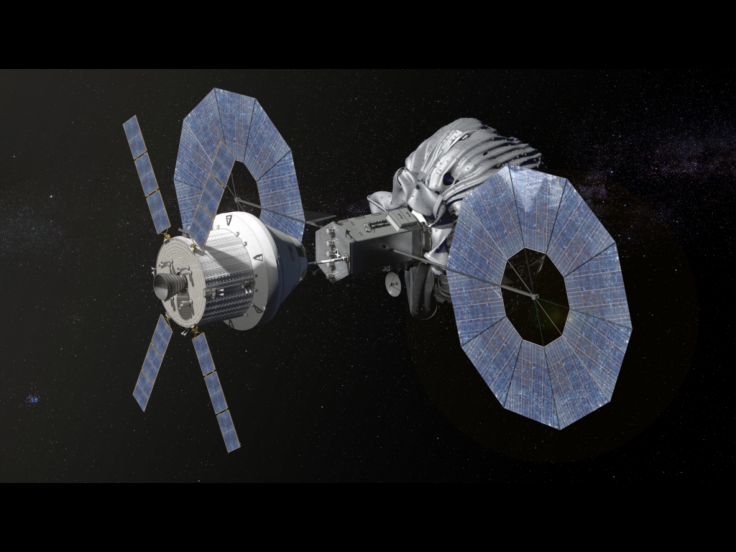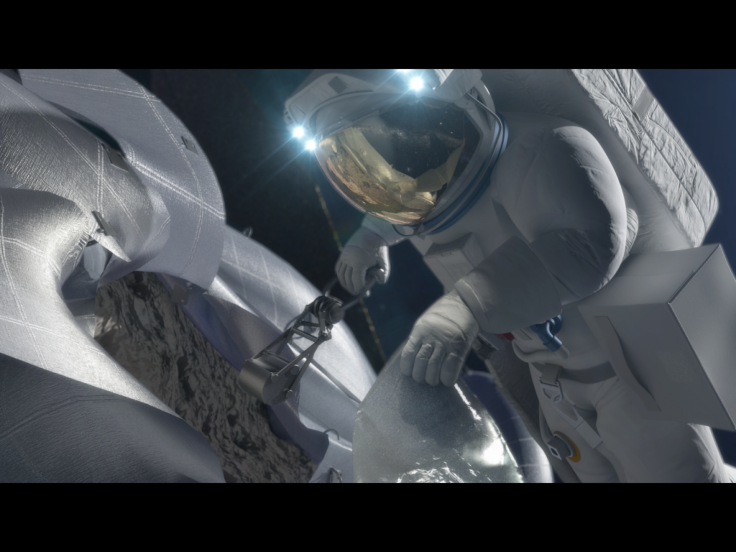Asteroid Mining Explained In Photos: How NASA Will Extract Samples From A Captured Space Rock [VIDEO]

For all those who think of NASA’s plan of snagging an asteroid to dig out samples for further study as impractical, here are more details from the space agency explaining what it would do after detaining an asteroid.
NASA released a set of new photos and a video animation on Thursday, depicting its planned mission, announced earlier this year, to find, capture, redirect and study a near-Earth asteroid. The mock-ups depict crew operations including the Orion spacecraft's trip to the relocated asteroid, its rendezvous with the space rock and astronauts maneuvering through a spacewalk to collect samples from the asteroid before moving it to a stable orbit in the Earth-moon system.

“This mission represents an unprecedented technological feat and allows NASA to affordably pursue the Administration's goal of visiting an asteroid by 2025,” NASA said. “It raises the bar for human exploration and discovery while taking advantage of the diverse talents at NASA.”

According to the conceptual photos and video, NASA’s Orion spacecraft, with a two-person crew, will approach a captured asteroid after traveling through space for about nine days atop a heavy-lift rocket. The Orion will swing by the moon’s gravity to pick up speed and once the spacecraft reaches the asteroid, it will dock with the robotic capture vehicle that has hooked the space rock.
After the spacecraft is connected to the robotic capture vehicle, the two astronauts will use a translation boom to travel from the Orion spacecraft to the captured asteroid during a spacewalk. One of the astronauts will hold onto a mechanical arm, which will then be lowered by the other astronaut toward the asteroid to begin retrieving samples. Hundreds of rings will be affixed to the asteroid capture bag, which will help the astronaut carefully navigate the asteroid’s surface.

After storing the samples into a container, the astronauts will return to the Orion spacecraft. This process will be repeated for up to six days following which the crew will undock from the robotic capture vehicle and return to Earth in about 10 days.
“Part of President Obama's FY 2014 budget request for NASA, the asteroid initiative capitalizes on activities across the agency's human exploration, space technology and science efforts,” NASA said in a statement, adding that the agency’s asteroid mission will likely consider further alternatives in 2014.
On Wednesday, NASA announced that it would reactivate its Wide-field Infrared Survey Explorer, or WISE, an asteroid-hunting spacecraft, to identify potentially dangerous near-Earth objects and asteroids for future exploration missions.
According to NASA, WISE is expected to detect the size, thermal properties and other details of about 2,000 space rocks as part of its asteroid exploration initiative.
© Copyright IBTimes 2024. All rights reserved.












